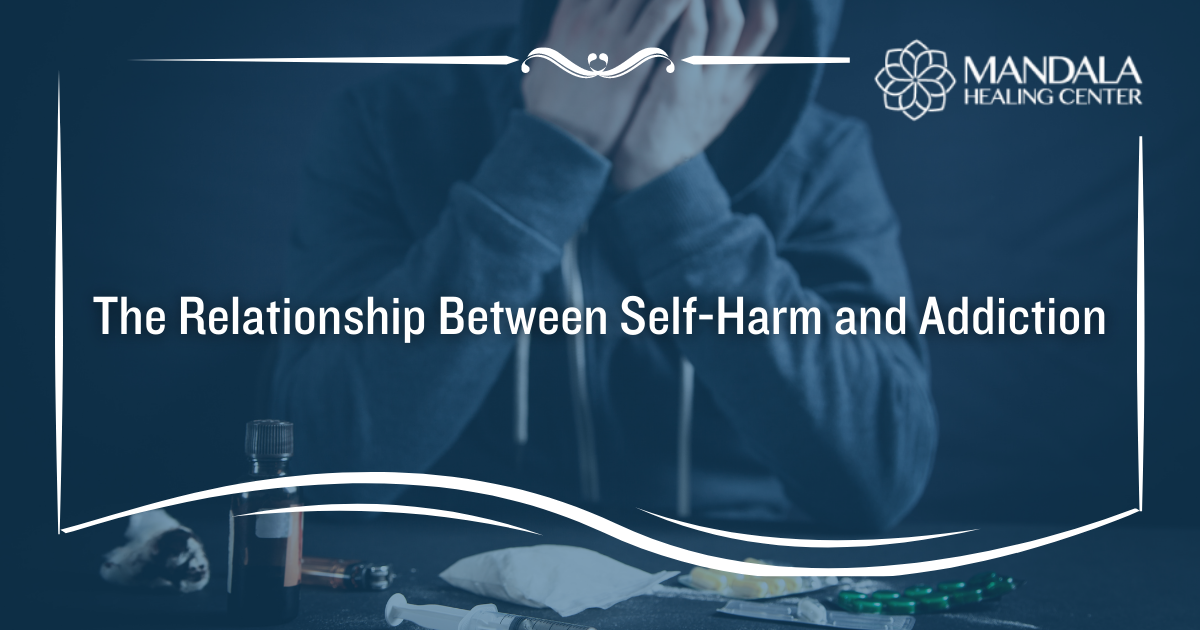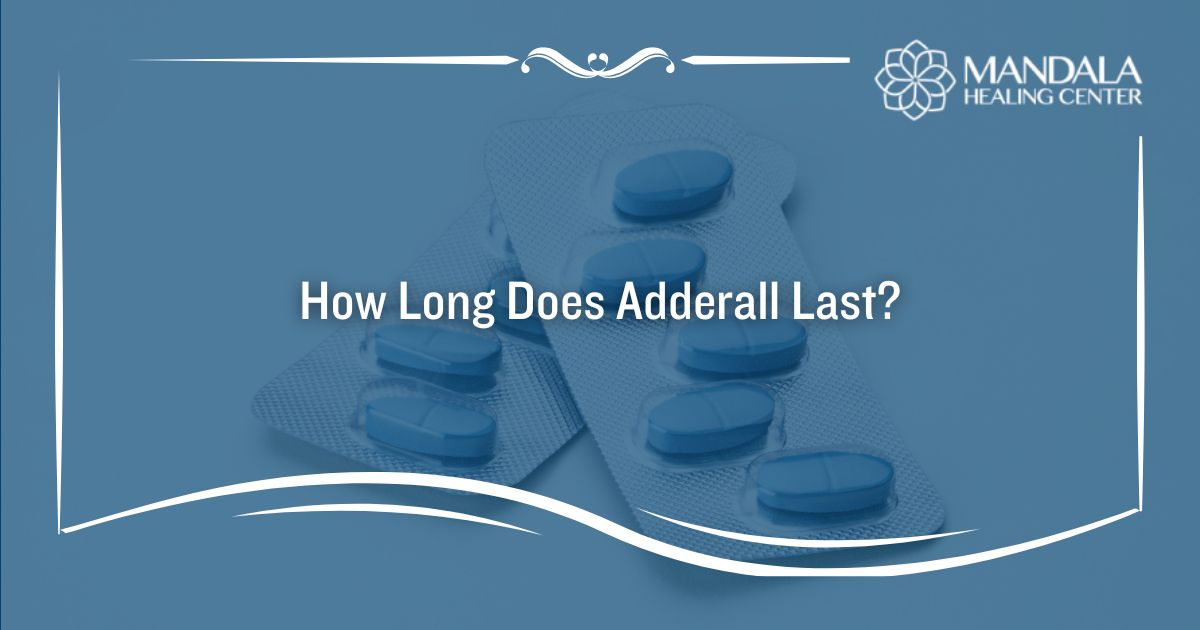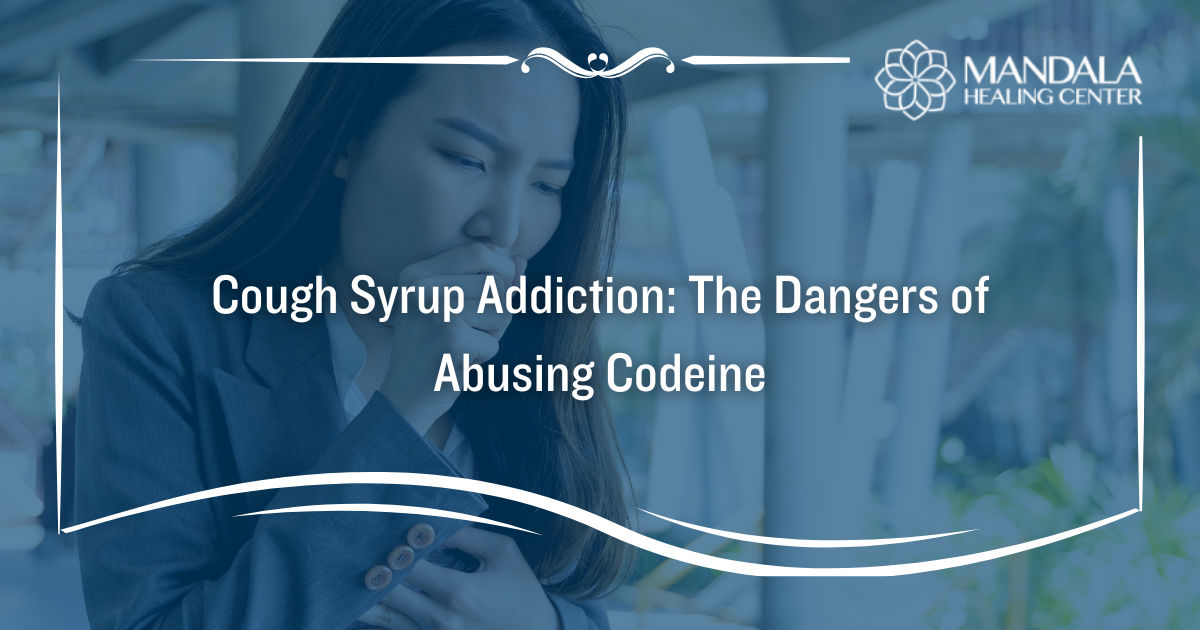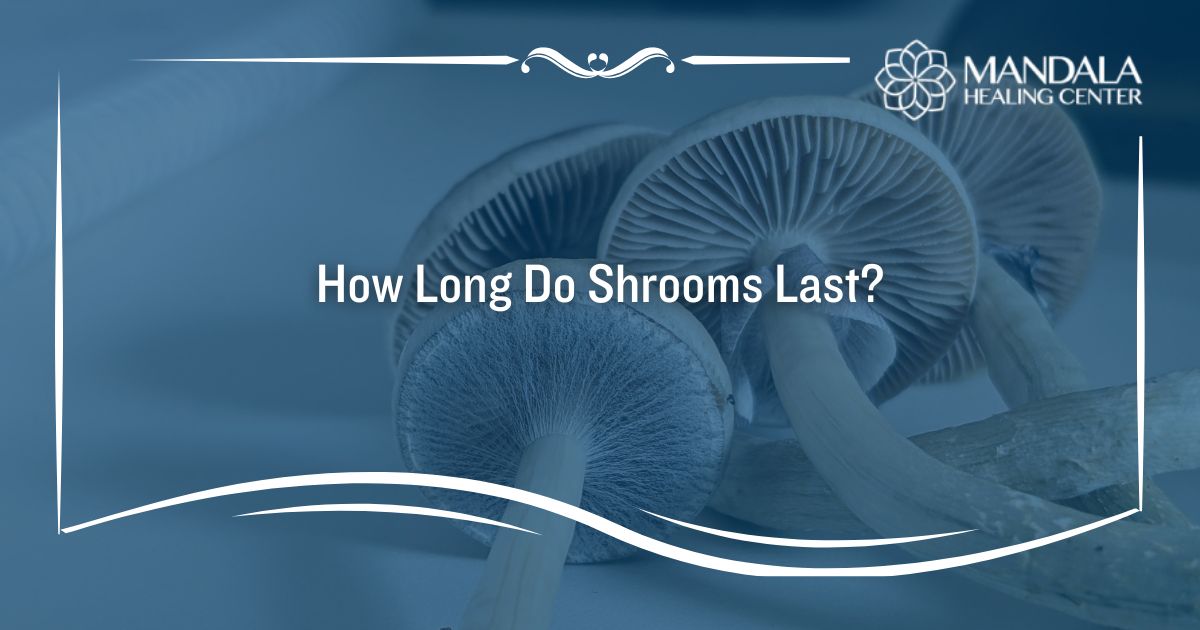According to research, “Over one year, 27% of young adolescents reported thoughts of self-harm and 15% reported at least one act of self-harm.”[1]
Trauma, depression, and other mental health conditions are extremely common. With the COVID-19 pandemic, we have seen a rise in mental health conditions among young people and adolescents. Because of this, you need to understand what self-harm is and how it affects our children.
Self-harm is a negative coping mechanism that many young people adopt when they are going through a tough time. Many people report that self-harming helps them focus on physical pain, rather than the emotional pain they deal with daily. Unfortunately, self-harming is extremely detrimental to a young person’s mind over time.
Another negative form of coping that some young people partake in is substance abuse. Many people who self-harm are at an increased risk of abusing substances, as they can numb emotions and feelings that are uncomfortable or painful to deal with. As a result, there is a close connection between self-harm and addiction.
What is Self-Harm?
According to the Crisis Text Line, “For some people, when depression and anxiety lead to a tornado of emotions, they turn to self-harm looking for a release. Self-harm and self-injury are any forms of hurting oneself on purpose.”[2]
While you may be aware of cutting, there are various types of self-harm. The most common forms of self-harm include:
- Cutting
- Scratching
- Burning
- Carving words or symbols into the skin
- Hitting or punching oneself
- Piercing the skin with sharp objects
- Pulling out hair
- Picking at existing wounds
Many people who suffer from self-harm deal with feelings of shame and embarrassment because of a stigma that surrounds this type of coping mechanism. This makes it difficult for them to ask for help when they need it. Because of this, knowing the signs of self-harm is important if you are worried about your loved one engaging in this damaging form of coping.
The signs of self-harm include:
- Expressing feelings of hopelessness or depression
- Behaving impulsively or unpredictably
- Being emotionally unstable
- Asking frequent questions about personal identity
- Experiencing difficulties in personal relationships
- Wearing long-sleeves or pants even in hot weather
- Having sharp objects in one’s bedroom or on their person
- Rubbing an area excessively to create a burn
- Having scars
- Having fresh cuts, burns, scratches, or bruises
Is Self-Harm an Addiction?
When you think of addiction, you probably imagine someone who abuses substances. However, there are behavioral addictions as well. Some of the most common behavioral addictions include gambling, sex, shopping, or internet addictions.
According to the National Library of Medicine, “Several behaviors, besides psychoactive substance ingestion, produce short-term reward that may engender persistent behavior despite knowledge of adverse consequences, i.e., diminished control over the behavior. Diminished control is a core defining concept of psychoactive substance dependence or addiction.”[3]
When someone engages in self-harm, their body releases endorphins as a response to pain. This can cause someone to begin compulsively engaging in self-harm behaviors to feel that release of endorphins. With that being said, yes, self-harm can definitely be an addiction.
How are Self-Harm and Substance Abuse Connected?
Self-harm is a coping mechanism that people engage in when they are unable to deal with something they are going through in their lives. This is similar to addiction, as people use substances to cope with trauma, mental illness, and uncomfortable emotions. Because self-harm and addiction have similar causes, it is common for people who self-harm to begin abusing substances and vice versa.
Additionally, some people may begin abusing drugs as a means of self-harm. Abusing drugs can lead to physical harm, overdoses, social consequences, and financial ruin. Because the effects of drugs can cause individuals to experience an array of negative consequences, it is a form of self-destruction.
Signs that Someone is Self-Harming and Using Substances
Both self-harming and substance abuse is usually done in a secretive manner. People who engage in these behaviors are often ashamed or embarrassed and afraid of the reaction you will have regarding their current problems. Because of this, people who self-harm and abuse substances will attempt to hide it from you, making it difficult to spot these forms of self-destruction.
The signs of self-harm include:
- Wearing long sleeves or long pants to hide fresh cuts or scars from you
- Withdrawing from interpersonal relationships and avoiding social settings
- Displaying the signs of depression or other mental health conditions
- Unexplained cuts, bruises, scratches, burns, or other forms of injury
The signs of addiction include:
- Lack of interest in activities that were previously enjoyed
- Mood swings
- Unhealthy changes in appearance such as a lack of hygiene or extreme fluctuations in weight
- Withdrawing from social events, family members, and friends
- Drastic changes in sleeping or eating patterns
- Regularly missing work, school, or failing to meet obligations and responsibilities
- Drug paraphernalia in the bedroom, vehicle, or around the home
Finding Help for Self-Harm and Substance Use Disorder
If you or a loved one suffer from self-harm and addiction, it’s time to seek help. Both issues can lead to an array of mental and physical health problems, including accidental death. Because of this, professional dual diagnosis treatment is necessary.
Contact Mandala Healing Center today for more information on our dual diagnosis treatment program located in West Palm Beach, Florida.
References:












